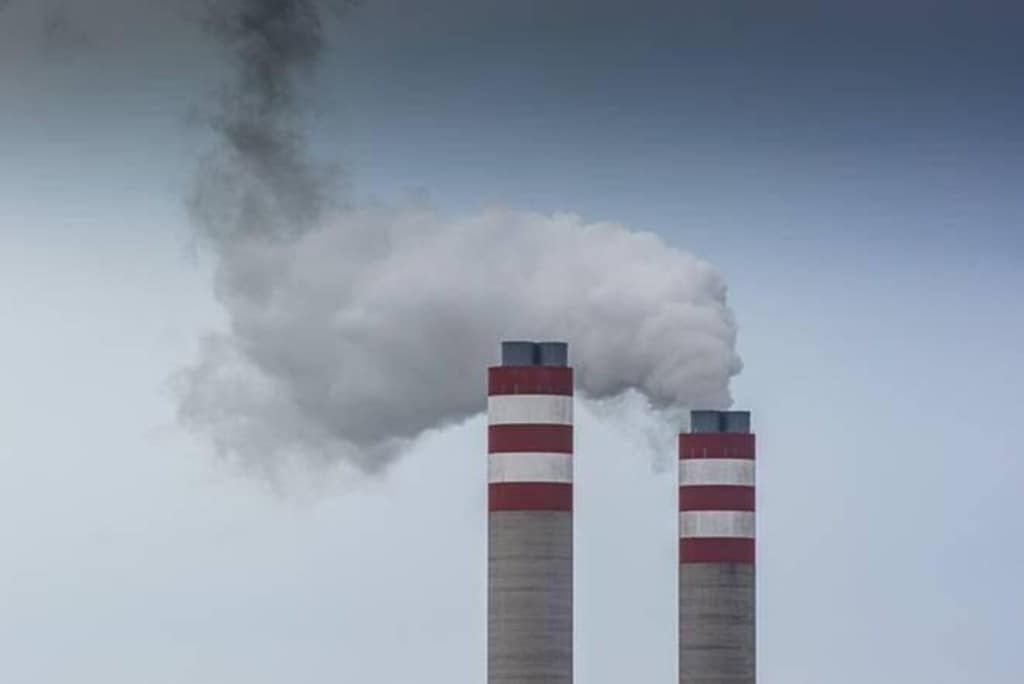The country has already achieved a CO2 emission reduction of 28% over 2005 levels, against the target of 35% by 2030 committed in its Intended Nationally Determined Contribution (INDC) under the Paris climate change COP21 accord, Union power minister RK Singh said.
“Considering the pace of development in the energy sector, India is determined to not only achieve but to exceed its INDC commitments well within the committed time frame,” Singh said in his keynote address at the ‘INDIA-ISA Energy Transition Dialogue 2021’ organised by the International Solar Alliance (ISA) and the Union ministry of new and renewable energy. “It is anticipated that by 2050, 80-85% of India’s overall power capacity will come from renewables,” Singh added.
Under INDC targets, India also wants to have about 40% cumulative electric power installed capacity from non-fossil fuel-based energy resources by 2030. To that end, India plans to have 450 GW of installed renewable energy capacity by 2030, up from the current level of 100 GW. If the 46 GW of hydroelectric power plants is included, 38.5% of India’s installed power generation capacity is currently based on clean renewable energy sources.
With the expected rebound in the demand for coal to meet the rising electricity requirement, carbon dioxide (CO2) emissions in the country in 2021 will be 1.4%, or 30 million tonnes, higher than the levels recorded in 2019, the International Energy Agency had said in a report in April.
CO2 emissions in India in April was broadly on par with emissions in the European Union at 2.35 billion tonne, although they were two-thirds lower on a per capita basis and 60% below the global average. Emissions had dropped in 2020 as an effect of the countrywide lockdown to control the coronavirus pandemic.

